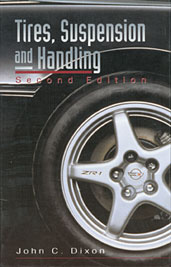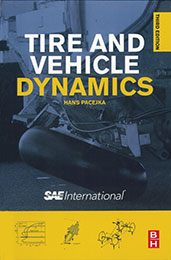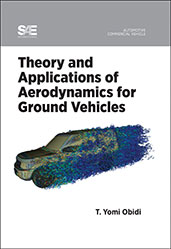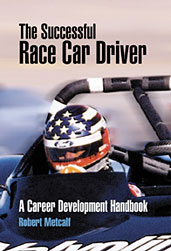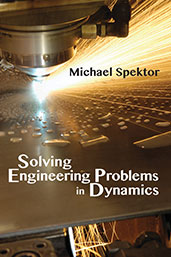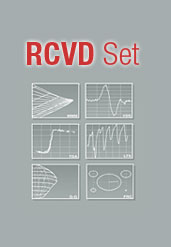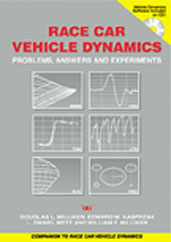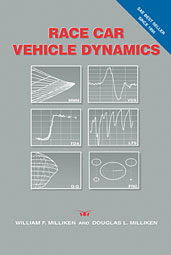Book
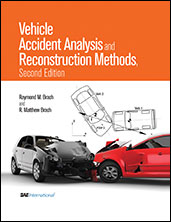
Vehicle Accident Analysis and Reconstruction Methods, Second Edition
2011-04-12
Designed for the experienced practitioner, this new book aims to help reconstruction specialists with problems they may encounter in everyday analysis. The authors demonstrate how to take the physics behind accidents out of the idealized world and into practical situations. Real-world examples are used to illustrate the methods, clarify important concepts, and provide practical applications to those working in the field. Thoroughly revised, this new edition builds on the original exploration of accident analysis, reconstruction, and vehicle design. Enhanced with new material and improved chapters on key topics, an expanded glossary of automotive terms, and a bibliography at the end of the book providing further reading suggestions make this an essential resource reference for engineers involved in litigation, forensic investigation, automotive safety, and crash reconstruction.

